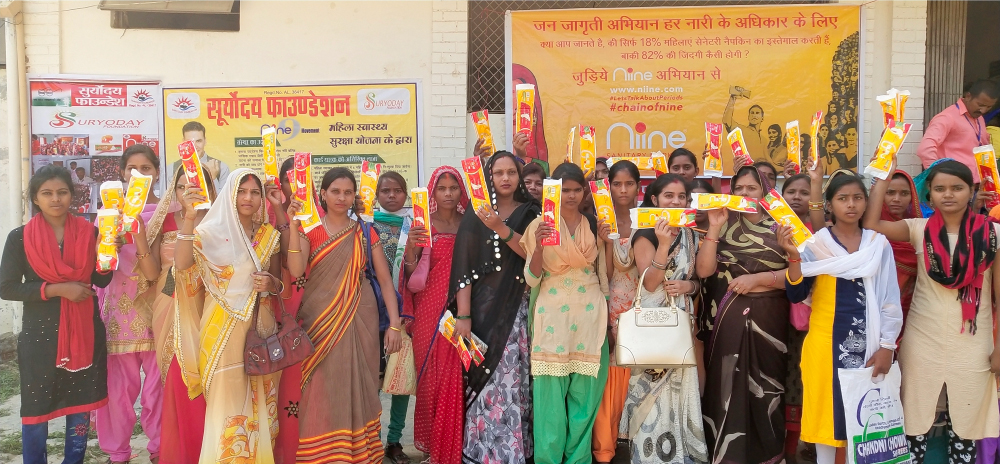How is disposal of Sanitary Napkins an issue?
Share this post :
Among the total menstruating population of 355 million women in India, about 18% of them use proper sanitary napkins. Though the number is small, it still means that disposable sanitary napkins are used by millions of women. This, in turn, leads to about 113,000 tons of menstrual waste annually. For those who are aware, it is indeed impossible to imagine managing periods without sanitary napkins. But what is often overlooked, is the waste management arising out of such usage. Most off-the-shelf sanitary products are high in chemical compounds making them non-compostable and posing health and environmental hazards. Couple this with the taboos and stigmas surrounding menstruation, the disposal and treatment of menstrual waste have turned out to be a huge challenge in social sanitation.
What happens with improper disposal of menstrual waste?
- To start with, most of the modern sanitary napkins are made with 90% plastic and non-women plastic components. This makes the products non-biodegradable. So, used sanitary napkins, when not disposed of properly, can cause blocked drains, landfills and more.
- In rural or semi-urban areas, even though women still use cloth, such waste materials also flow into sewage, fields, and surrounding water bodies which again is not a hygienic method.
- Lacking proper menstrual waste management system, women often use plastic bags to dispose of waste, which, needless to say, is double the harm.
- When sanitary napkins and cloth are left out in the open waste, the menstrual blood left on them stagnates, allowing pathogens to grow and spread. Most commonly the E-coli bacteria collects on them over time and rapidly multiplies in the air, resulting in infectious diseases.
- Incinerators used to burn menstrual waste also release harmful toxins in the atmosphere, making it yet another non-environment friendly measure.
- In addition, lack of proper knowledge about menstrual hygiene and safer disposal methods are also responsible for inappropriate disposal of the waste. Women across cities, towns, and rural areas simply throw used napkins and cloths along with dry, wet, or hazardous waste, thus blocking the degradability of organic waste as well.
Improper disposal of menstrual waste is a major roadblock to the initiative of Indian government’s Swachh Bharat Mission to create a cleaner and healthier India. Hence it is imperative to tackle it at a grass-root level. It all starts with creating awareness about menstrual hygiene and sanitation.
The mission of NIINE movement is to address this pressing issue of menstrual awareness and its related health concerns. The goal of this movement is to educate women across urban, semi-urban, and rural areas to learn about periods and how to deal with this significant biological process through proper care and hygiene.
Next comes proper disposal. The movement also aims to tackle the pervasive concern of hygienic disposal of sanitary wastes. The brand takes pride as the first sanitary napkin brand in India to come with disposal bags in its pack. Each of these packs can be used to dispose the napkin after use. So women don’t have to go through the regular struggle of finding newspapers, plastic bags, or other harmful methods to get rid of menstrual waste. This will not only be safer for the society but also better for the environment, leading to a healthier and more hygienic living space for everyone.
About Author
Niine Team


